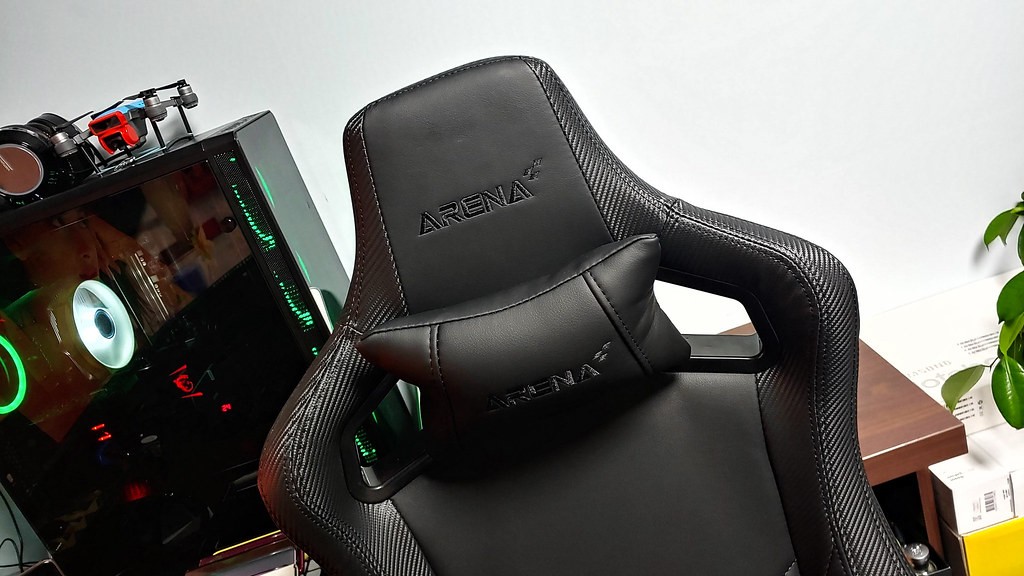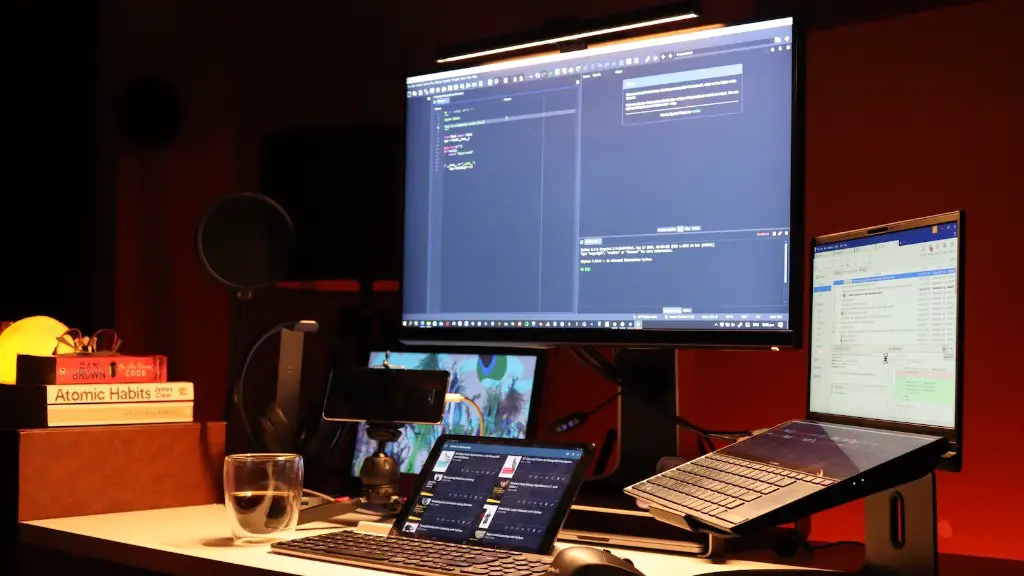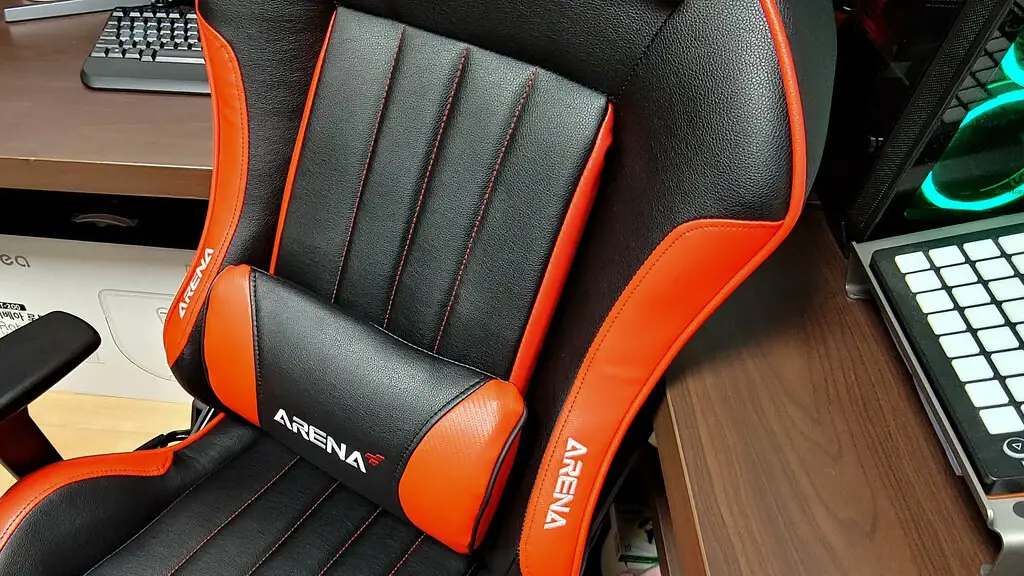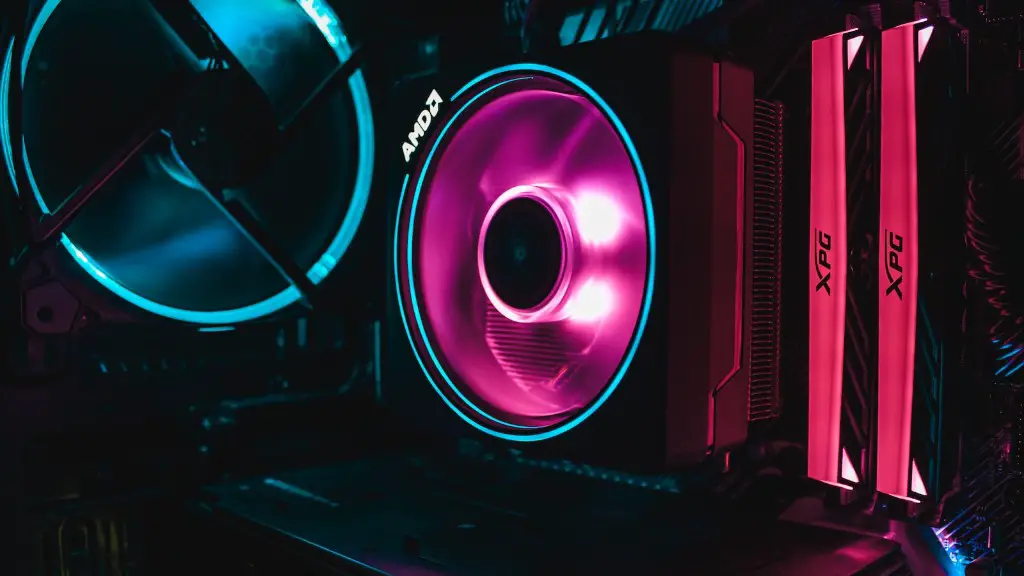Is a curved gaming monitor better than a flat one? Well, the answer to this question really depends on how you intend to use it. For some people, a curved monitor can provide a more immersive experience while playing games, while others may find the curvature uncomfortable or impractical. Here, we look at some of the pros and cons of curved gaming monitors to help you decide if one is right for you.
The chief advantage of curved monitors is that it creates a sense of depth and immersion. The curvature of the monitor matches the natural field of vision of our eyes, meaning that more of the game environment can be taken in at once, without having to move the eyes. This can reduce eye strain and provide a more immersive experience when playing games.
On the other hand, curved monitors generally cost more than flat-screen ones and aren’t necessarily ideal for all types of games. For example, in games such as racing, the curvature may distort your view of the track ahead and make it harder to stay in racing lines. They also limit your ability to display multiple windows at once, since the curvature makes multitasking more difficult.
Curved gaming monitors also have limited viewing angles, meaning that when you look from the side, the image becomes distorted and the colors become less true-to-life. This is because the curvature causes the light to spread out and be scattered across the screen. Furthermore, curved monitors may cause some discomfort for those who wear glasses due to their prescription lenses’ curvature.
At the end of the day, the decision of whether to get a curved or flat gaming monitor is personal. For some, the improved immersive experience may be worth the extra cost, while for others, a flat-screen monitor may be the way to go. Ultimately, it comes down to what type of games you play, the size of your budget, and how comfortable you are with the curvature.
Is Higher Refresh Rate Better
When it comes to gaming monitor technology, one of the key differentiating factors is the refresh rate. This measurement refers to how many images are being drawn on the screen each second, and is usually expressed as Hertz (Hz). The higher the refresh rate, the smoother and more responsive the gaming experience will be, giving gamers a competitive edge.
By increasing the refresh rate, more images can be drawn on the screen during a given time frame, thereby reducing motion blur and image stutter. This makes it easier to track fast-moving objects, such as bullets in first-person shooters. It also provides a more immersive experience, as the images on the screen are more fluid and realistic.
Of course, increased refresh rates also come with a tradeoff. To get the same amount of graphical fidelity as a 60Hz monitor, you would need to increase your graphics card settings to ensure that more frames are rendered during each second. This can require more power, which can put additional strain on your GPU, causing it to run hotter and noisier. Higher refresh rates may also not be supported by your GPU, so it is important to check compatibility.
Ultimately, choosing a monitor with a higher refresh rate depends on your budget and goals. If you primarily play first-person shooters or racing games, or want a more immersive experience, then a higher refresh rate is probably worth investing in. However, if you don’t have the budget, or primarily play slower paced strategy games, then it may be unnecessary.
In conclusion, whether a higher refresh rate is better for gaming depends on your preferences and budget. However, if you are looking for a competitive edge and an improved immersive experience, then investing in a higher refresh rate monitor may be worthwhile.
Does Higher Resolution Matter
One of the major factors to consider when purchasing a gaming monitor is resolution. This measurement refers to the number of pixels on the screen and is usually expressed as width x height, such as 1920×1080. The higher the resolution, the more detailed the image on the screen will be.
While a higher resolution can produce a more detailed image, there is often a tradeoff. A higher resolution requires a greater amount of graphical power to render the same number of frames per second, which can put extra strain on the GPU, causing it to run hotter and noisier. Also, while a higher resolution will provide a more detailed image, the benefit may be lost if the monitor is too small, since the individual pixels will be harder to see.
Furthermore, a higher resolution also requires more GPU memory to store the image. This means that if you are playing a game that is already pushing the limits of your graphics card’s memory, then upgrading to a higher resolution may not be beneficial. Finally, a higher resolution may not be supported by your graphics card, so you should double check compatibility before buying a monitor.
In conclusion, while a higher resolution will produce a more detailed image, the tradeoffs of increased power usage, limited GPU memory, and compatibility issues should be taken into consideration. Ultimately, your decision to upgrade or not should depend on the specs of your system and what type of games you are playing.
What Panel Type Is Best
When it comes to gaming monitors, one of the key decisions you have to make is which panel type to get. There are three main types: TN (Twisted Nematic), IPS (In-Plane Switching), and VA (Vertical Alignment). Each have their own pros and cons, and choosing the right one will depend on your needs and budget.
TN monitors are the most common, and provide the fastest response time, making them ideal for fast-paced games such as first-person shooters. They also tend to be the cheapest of the three types, making them a good choice for those on a budget. On the downside, TN panels suffer from poor color reproduction and limited viewing angles.
IPS monitors provide better color reproduction than TN panels, but lack the same fast response times. This makes them better suited for slow-paced games such as strategy titles, where the improved colors and wide viewing angles are more beneficial. However, they are also more expensive than TN panels.
Lastly, VA panels combine the best of both worlds, providing good color reproduction and wide viewing angles, but with faster response times than IPS panels. However, they tend to suffer from poor off-angle viewing and are more expensive than both TN and IPS monitors.
In conclusion, which panel type you choose will depend on your budget and the types of games you play. For those who want the best of both worlds, VA may be the way to go. However, for those on a budget, TN can provide a good balance between performance and price.
Are Curved Monitor Worth It
Another factor to consider when buying a gaming monitor is whether or not to go with a curved one. Curved monitors can provide a more immersive experience, since the curvature of the screen matches the natural field of vision of our eyes. They can also reduce fatigue and eye strain, since the eye doesn’t have to move as much when taking in the environment.
On the other hand, curved monitors are more expensive than flat-screen ones and may not be ideal for faster-paced games. The curvature may distort your view of the track ahead in racing games and also limit your ability to display multiple windows at once. They also have limited viewing angles, meaning that when you look from the side, the image becomes distorted and the colors become less true-to-life.
At the end of the day, the decision of whether to go with a curved or flat gaming monitor is personal. For some, the improved immersive experience may be worth the extra cost, while for others, a flat-screen monitor may be the way to go. Ultimately, it comes down to what kind of games you play, your budget, and how comfortable you are with the curvature.
In conclusion, whether a curved monitor is worth it depends on how you intend to use it. If you primarily play slower paced strategy games, then it may not be worth the extra cost. On the other hand, if you are looking for a more immersive and comfortable gaming experience, then a curved monitor may be a worthwhile investment.



